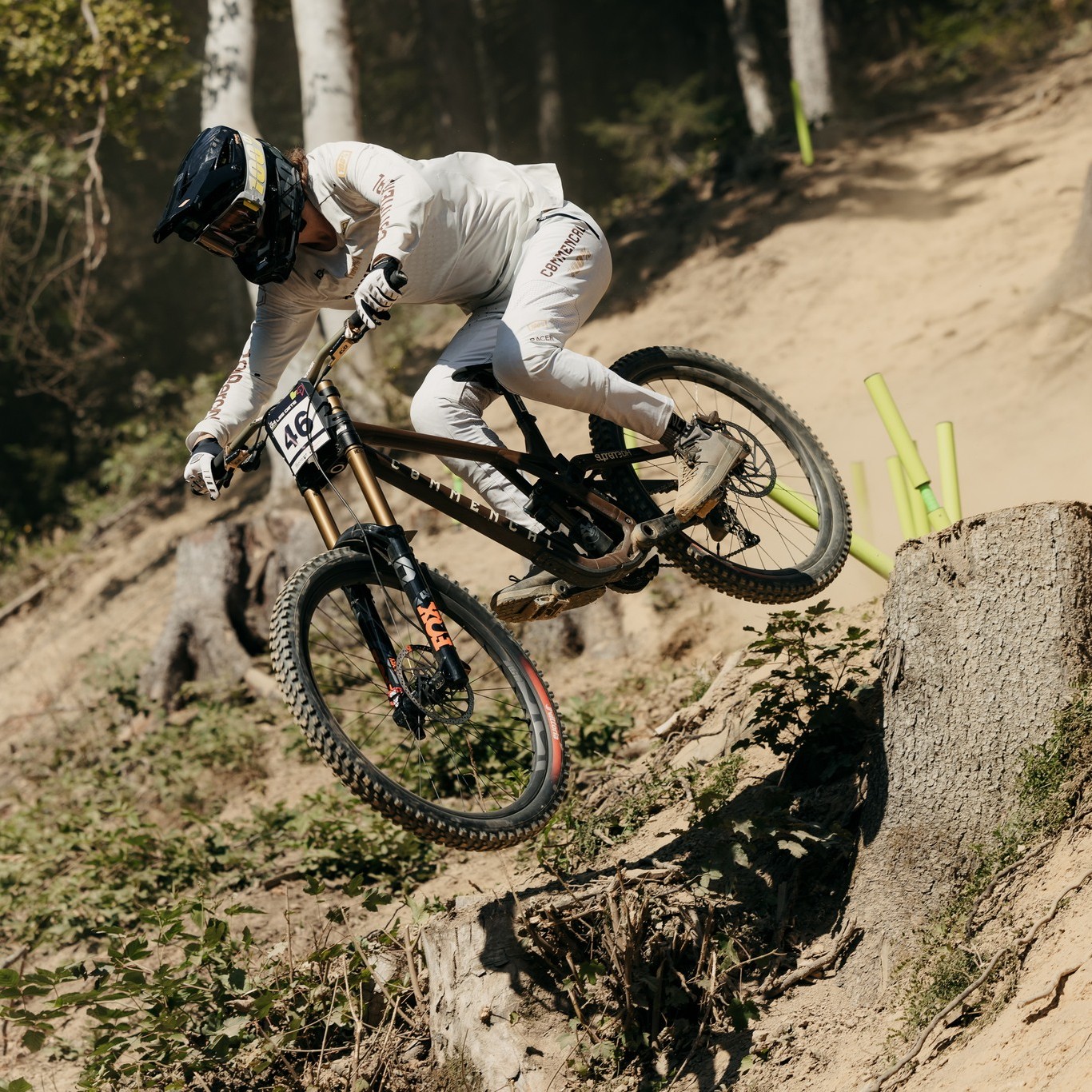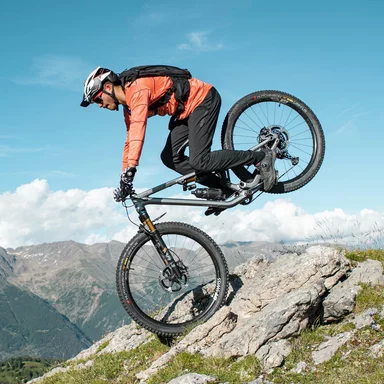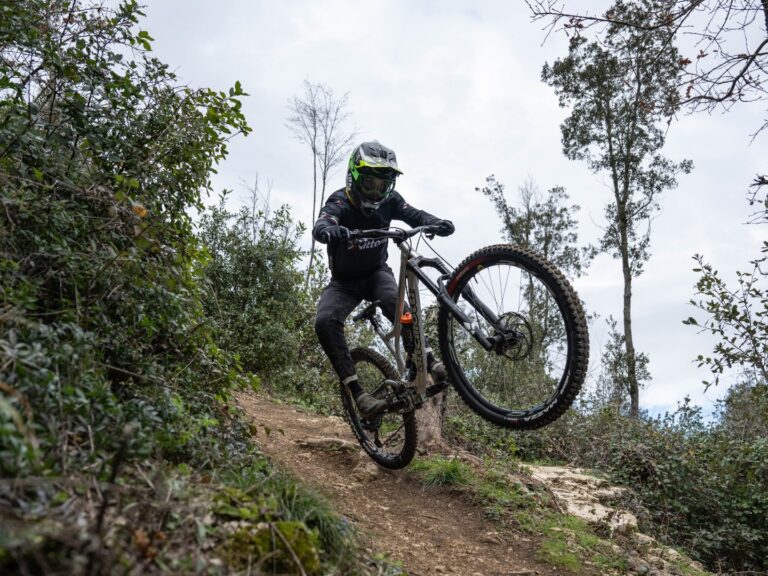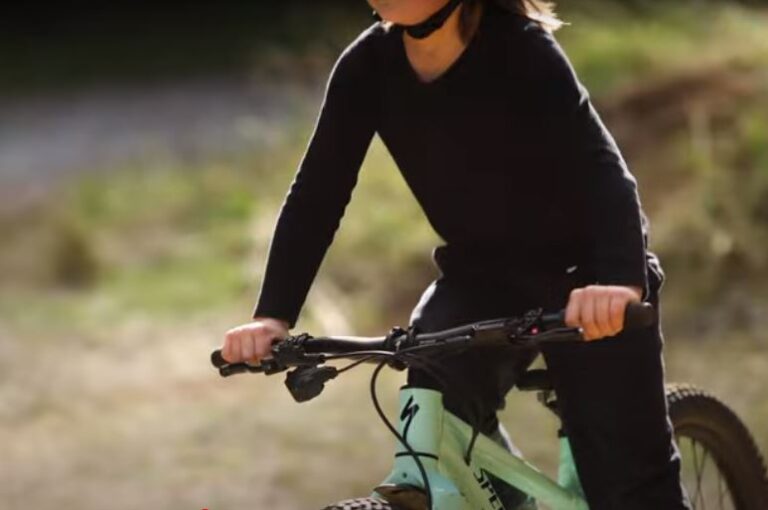Tracing the Trail: The Evolution of Trail Bikes Through Time

Key Point Summary of The Evolution of Trail Bikes:
- Evolution of Trail Bikes: A journey from basic mountain bikes to today’s specialized trail models.
- History: Tracing the roots and major milestones in the development of trail bikes.
- Design Advancements: Highlighting the key innovations in geometry, suspension, materials, and components that have defined modern trail bikes.
The evolution of trail bikes is a captivating journey through time, showcasing innovation, technology, and a deepening understanding of what riders need and desire from their machines. As a seasoned cyclist who has spent years racing and riding across various disciplines, including mountain biking, gravel grinding, and cyclocross,
I’ve had the privilege of witnessing firsthand the remarkable transformation of trail bikes. From their rudimentary beginnings to the highly specialized and technologically advanced models we see today, the progression of trail bike design is a testament to the sport’s growth and the cycling community’s relentless pursuit of perfection.
The Origins and Evolution
Trail bikes emerged from the need to navigate off-road terrains more effectively than traditional road bikes could allow. Initially, there wasn’t a distinct category for trail bikes; early mountain bikes were all-purpose machines designed to handle a variety of off-road conditions. These bikes were heavy, with rigid frames and limited gearing, but they were also the progenitors of the modern trail bike, introducing riders to the joy of off-road cycling.
As mountain biking grew in popularity, so did the demand for more specialized bikes. Riders started to push the limits of what their bikes could do, venturing into more technical terrain and demanding more from their equipment. This led to the first major wave of innovation in bike design, focusing on improving performance and rider comfort.
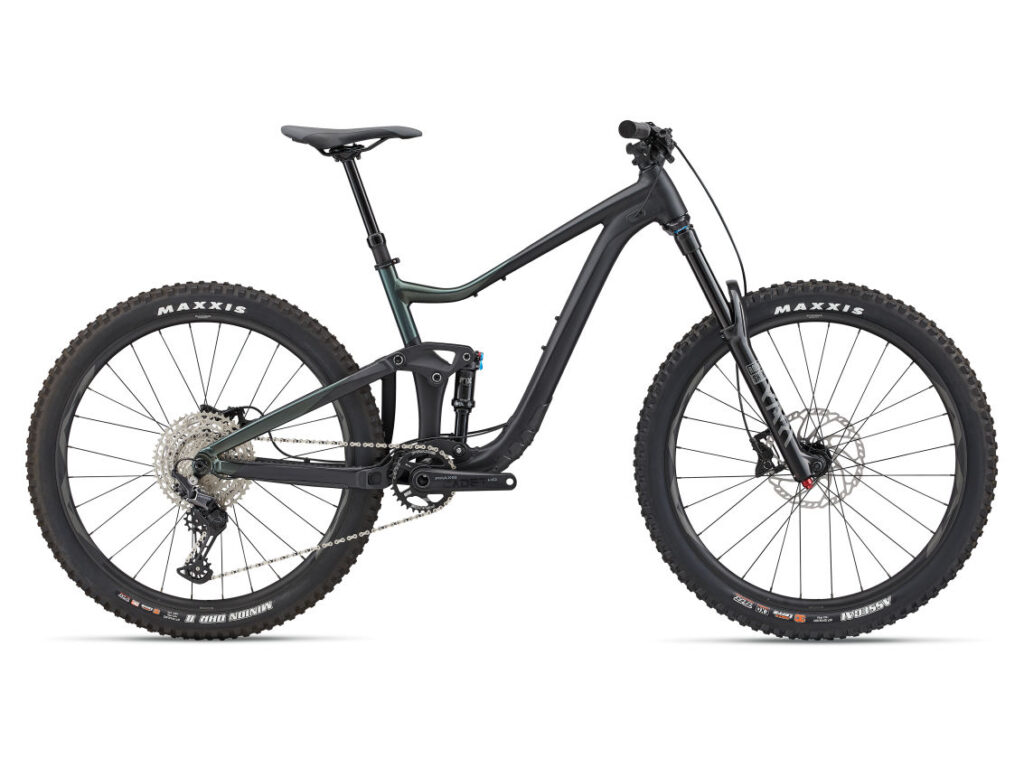
Design Breakthroughs
The evolution of trail bikes is marked by several key design breakthroughs:
- Suspension Systems: Early trail bikes were rigid, but the introduction of front (and later full) suspension systems revolutionized the ride experience, enabling riders to tackle more technical trails with greater comfort and control.
- Geometry Innovations: As our understanding of bike handling deepened, trail bike geometry evolved to offer a better balance between climbing efficiency and downhill stability. Slacker head angles, longer reaches, and steeper seat tube angles became common, tailored to the unique demands of trail riding.
- Material Advances: The shift from steel to lighter materials such as aluminum and carbon fiber significantly reduced bike weights while increasing strength and durability, enhancing overall performance.
- Component Improvements: From the development of disc brakes to the introduction of dropper posts and 1x drivetrains, component innovations have continuously improved trail bike functionality, making them more versatile and rider-friendly.
Top Trail Bike Picks: Cyclists’ Favorites for Superior Off-Road Performance
Here are some trail bikes that have frequently been top picks among cyclists for their outstanding design, versatility, and ride quality. These selections are based on their reputation within the cycling community and their performance characteristics that cater to a wide range of trail riding conditions:
- Norco Optic: A trail bike that punches above its weight class, the Optic blends agility with stability, making it perfect for riders looking for a playful yet capable trail companion.
- Canyon Neuron: Ideal for those seeking a balance between performance and comfort, the Neuron shines with its versatile geometry and smooth suspension, suitable for a wide range of trails.
- Giant Trance: This bike is known for its efficient pedaling platform and robust suspension setup, offering a ride that’s as confident on steep ascents as it is on technical descents.
- Pivot Trail 429: With its precision engineering and cutting-edge geometry, the Trail 429 delivers an exceptional blend of speed and agility, making it a top choice for trail enthusiasts.
- Marin Rift Zone: Offering great value and performance, the Rift Zone is designed for fun and adventure, featuring a modern geometry that excels in both climbing and descending.
These bikes represent a cross-section of the trail bike market, showcasing models that have consistently received high marks from both professional reviewers and everyday riders for their performance, design, and overall value. When choosing a trail bike, consider your specific riding style, the typical terrains you explore, and what features matter most to you in order to find the bike that best meets your needs.

The Future of Trail Bikes
The evolution of trail bikes is far from over. With each passing year, new technologies and design philosophies emerge, pushing the boundaries of what’s possible. Electric assist systems, continued refinements in suspension technology, and even more advanced materials are on the horizon, promising to make trail bikes more capable, more versatile, and more fun to ride.
In conclusion, the journey of trail bikes from their humble origins to the cutting-edge models of today is a remarkable narrative of innovation and adaptation. As a cyclist who has experienced this evolution firsthand, I can attest to the profound impact these advancements have had on the sport of mountain biking.
For beginners and mid-level riders alike, understanding the history and design principles behind your trail bike can enrich your riding experience, offering insights into the countless hours of research, development, and passion that have shaped these incredible machines. The trail ahead is as exciting as it is unknown, and I, for one, can’t wait to see where it leads.
John
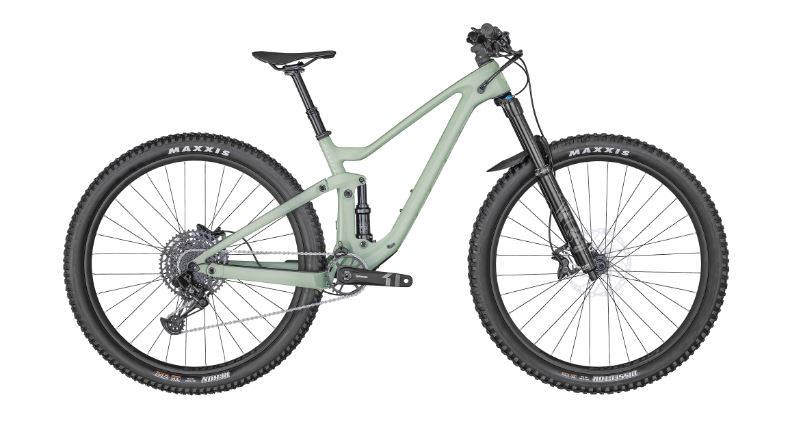
FAQ
What makes a trail bike?
A trail bike is designed for versatility and balance, suitable for a wide range of terrain with features like moderate suspension travel (typically between 120mm to 150mm), a geometry that balances climbing efficiency and downhill stability, and durable components. It’s the all-rounder of mountain bikes, made to tackle technical trails, descents, and climbs with equal prowess.
What is trail vs CX bike?
Trail bikes are designed for off-road riding, with suspension, wide tires, and a geometry optimized for stability and handling on rugged terrain. Cyclocross (CX) bikes are more similar to road bikes but adapted for off-road racing with narrower tires than trail bikes, no suspension, and a geometry designed for speed and agility on mixed surfaces, typically featuring shorter, more intense courses with obstacles.
How has the bike evolved over time?
The bicycle has evolved from simple wooden frames and iron wheels to modern carbon fiber and alloy designs, incorporating technological advancements like gear systems, suspension, and efficient braking systems. Innovations in materials, aerodynamics, and componentry have made bikes lighter, stronger, and more specialized for various cycling disciplines.
How have mountain bikes changed over the years?
Mountain bikes have seen significant changes, including the introduction of suspension systems (front and full suspension), advancements in frame materials (from steel to carbon fiber), evolution in wheel sizes (26″ to 27.5″ and 29″), and the development of specific geometries for different riding styles (cross-country, trail, enduro, downhill). Component innovations like hydraulic disc brakes, dropper posts, and 1x drivetrain systems have also greatly enhanced performance and rider experience.
